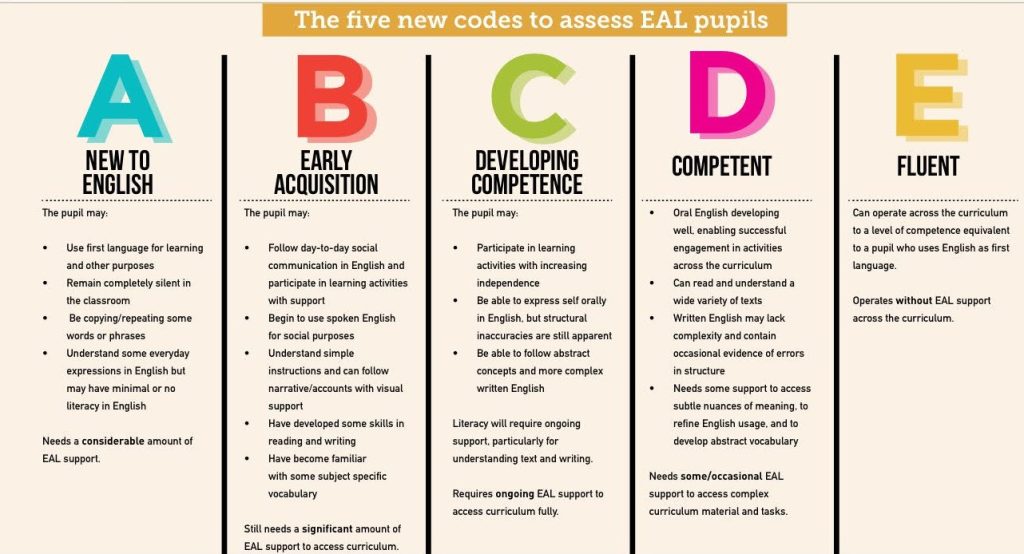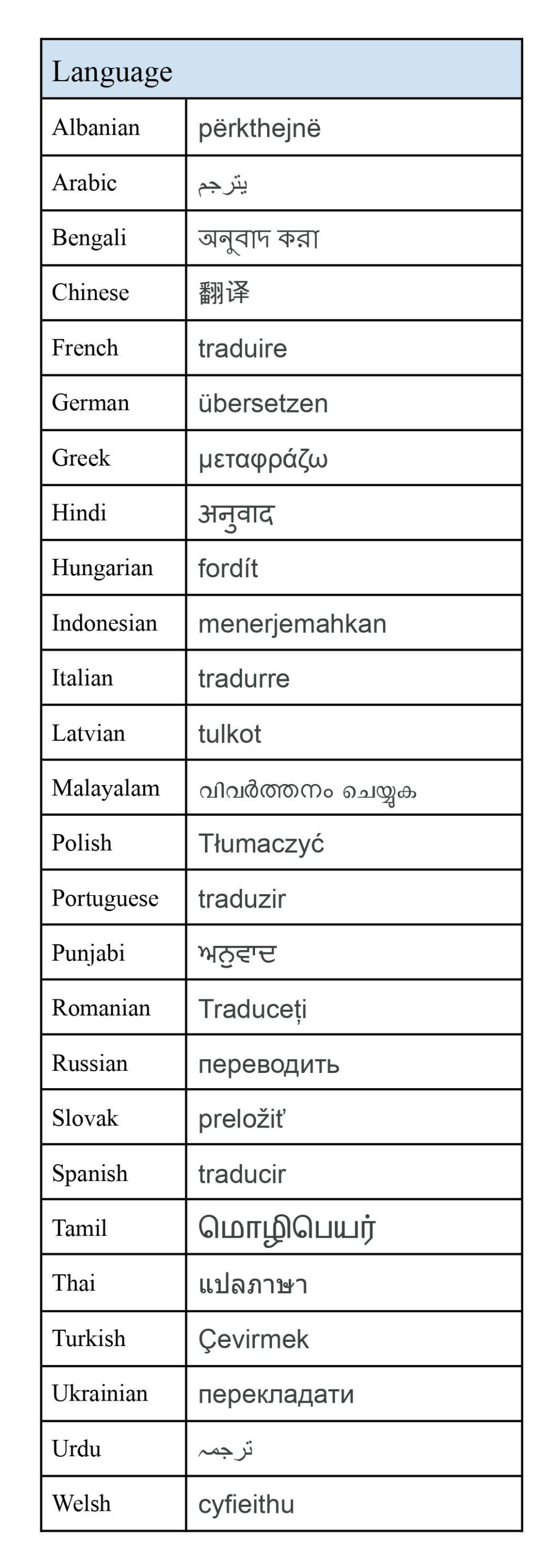English As An Additional Language (EAL)
Initial assessments
Vertical Support
In Class Support
EAL New arrivals are assisted by the EAL Coordinator and the Head Of Year; they are supported by the following:
- Meet and greet the New Learner, parents conference with the EAL Co and HOY.
- Identified bilingual adult to be introduced to the EAL learner.
- Partnered with the same background “buddy”/ mentor in school.
- Initial baseline Maths, Reading, Cognitive and Grammar skills tests to build up an EAL profile.
- Data collected to build up the English Proficiency profile/ILP.
- English Proficiency Code allocated; EAL profile completed and language targets identified.
- Specific interventions are carried out where appropriate such as : pre-teaching; guided writing sessions; specific English Grammar sessions; Reading and Comprehension sessions; spelling sessions based on phonic work.
- Specific literacy and English Grammar lessons taught based on the school’s SOL (National Curriculum for Literacy and English) to improve Listening, Speaking ,Reading and Writing skills.
- Review progress against targets and social interaction.
- New EAL arrivals and not only, are tested regularly, either annually or twice a year for Reading and Inference and Deduction using NGRT testing, age appropriate.
- Every 6 months Hodder testing is carried out to review (Fluency, Accuracy and Speed) progress for all EAL learners on English proficiency codes: C, D and E (where appropriate).
- EAL learners are grouped together in small groups for Grammar lessons, Reading and Comprehension, vertically across the timetable, according to language identified needs.
- Beginners are supported on a more 1:1 basis if no English knowledge is identified but not always.
- EAL learners receive support in completing homework either in a small group setting or they can have access to after school Homework club.
- Support for New Beginners/Non Speakers in terms of phonics-using the school`s spelling programme to learn about the phonic spelling rules using multi-sensory activities and tests.
- Academic support and catch up sessions to regain lost curriculum to improve knowledge in all areas of learning.
- Specific and detailed English language lessons (vocabulary,tenses,spelling, punctuation, writing skills) offered to all EAL learners following specific SOL.
- These are aimed at the specific developmental stage of the EAL learner, to allow progress through the Proficiency Codes.
- SMART targets set to support curriculum and classroom content.
- Language targets set to improve English language skills-Speaking, Listening, Reading and Writing.
- Review for beginners, intermediate or advanced EAL learners for their EAL Proficiency Assessment Framework ILP.
- Class teachers have access to the EAL learner`s Language profile to familiarise with the learners` language needs.
- Class teachers support learners using the Strategies and Ideas for Supporting EAL learners in KS 3 and KS4 booklet given to them to match class activities with the EAL need.
- The strategies are essential to improve the skills needed to complete curriculum activities.
- Strategies vary from strategies to support Speaking and Listening, to Reading, Writing and Teaching vocabulary to EAL learners.
- In class, EAL learners benefit from the use of the interactive board for shared reading activities.
- Teachers use age appropriate material to teach reading and writing.
- They employ screen reading software to enhance a learner`s access to text.
- Effective questioning to extend the learner`s understanding to enable access to lesson content.
- In class, EAL learners benefit from Talk frames,Writing frames, word mats and EAL planning sheets
- EAL learners benefit from laptops/bilingual dictionaries, Access Arrangements for formal tests/exams.
- Tracking progress in terms of achievement and attainment;
- Teachers liaise with the EAL Coordinator to convey information regarding progress.

Further Information
- Each word page on our website can be translated.
- Currently we have 317 EAL students
- 41 Languages spoken by our EAL students

Access to translation tools such as:

